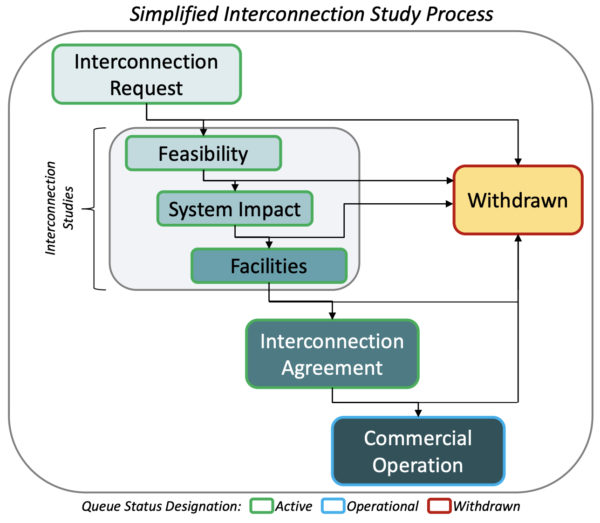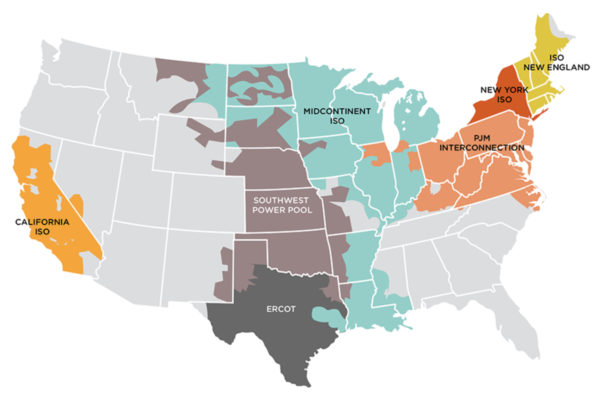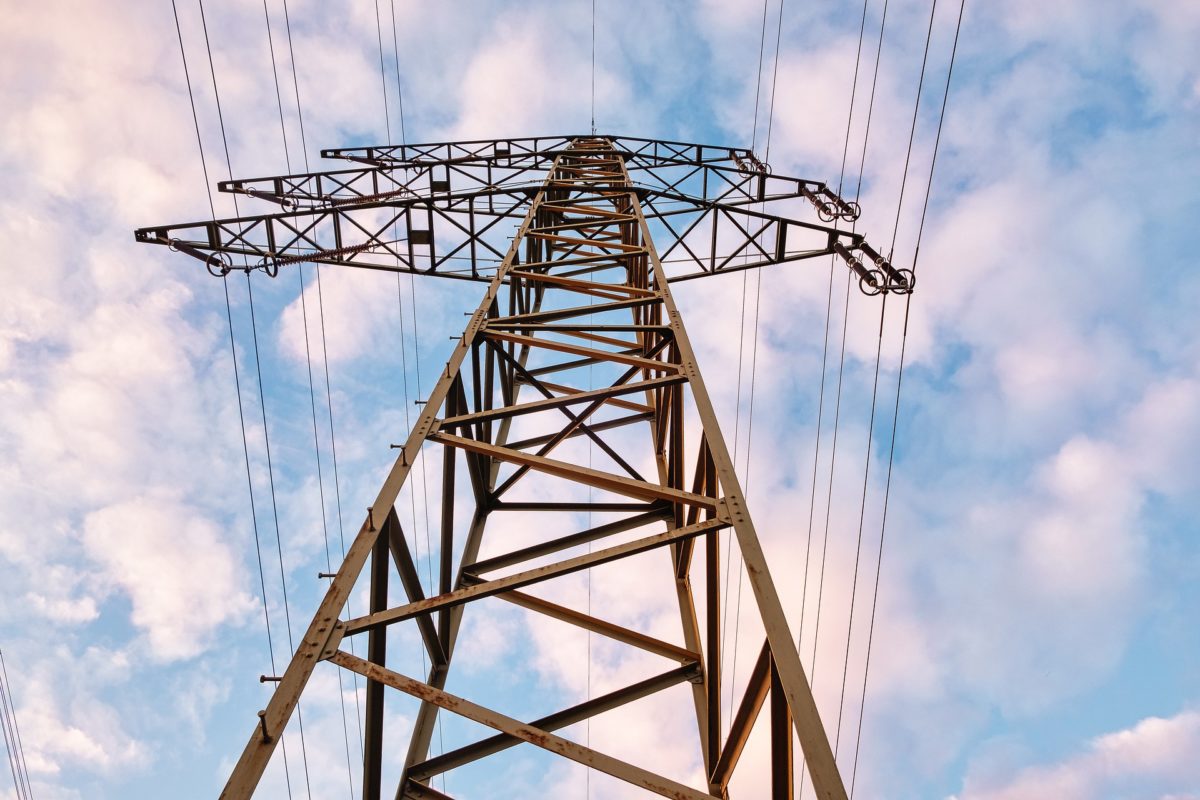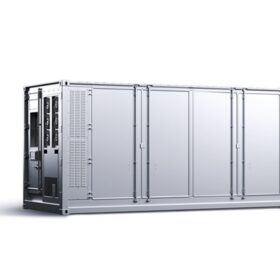One of the greatest challenges for large-scale solar and storage this year has been interconnection, with the solar industry responding vigorously.
Solar developers first sounded the alarm, with nearly 90% of survey respondents saying interconnection delays and costs pose the biggest barrier to utility-scale renewables.
Interconnection studies “could be completed in months instead of years,” said trade groups SEIA, AEE and ACP, in comments submitted to the Federal Energy Regulatory Commission (FERC). Pointing to interconnection queue “logjams” and “exploding” network upgrade costs, the groups asked FERC to open an accelerated interconnection rulemaking. They proposed 20 reforms, including requiring a “first-ready, first-served” cluster study approach, in which multiple interconnection requests would be studied at once.
SEIA and allies subsequently urged FERC to speed up interconnection studies by setting enforceable timelines, and allowing developers to use third-party consultants to prepare interconnection studies. To speed interconnection on both the transmission and distribution grids, SEIA also proposed extensive reforms for both federal and state regulators.
Processing pace
Texas grid operator the Electric Reliability Council of Texas (ERCOT) completed facilities studies for 6 GW of solar interconnection requests in 2021, which compares favorably to 17 GWdc of utility-scale solar deployed nationwide in 2021.

Johannes Pfeifenberger, a principal of the Brattle Group, attributed ERCOT’s success to its approach to interconnection, which is similar to the UK’s approach. Unlike the “invest and connect” approach common in the United States, under the UK’s “connect and manage” approach, any network constraints or congestion following interconnection are dealt with through congestion management, curtailment, or regional network upgrades, Pfeifenberger said, in a webinar hosted by the Energy Systems Integration Group.
Grid operators the California Independent System Operator (CAISO) and Midcontinent Independent System Operator (MISO) and Los Angeles utility LADWP also disclosed their pace of processing solar interconnection requests in 2021, clocking in at 5 GW, 6 GW and 800 MW for the year, respectively. The other four regional system operators, as well as 19 of the 20 largest utilities in the Southeast and West Coast regions not served by grid operators, did not disclose that information. The seven grid regions are shown in the nearby map from the Sustainable FERC project.

Applauding MISO for adding transmission to resolve interconnection problems, Beth Soholt, executive director of Clean Grid Alliance, said that “a lot of work” remains to obtain state approvals for six new transmission lines proposed by MISO across nine states. Soholt also made several recommendations for MISO in a webinar hosted by the Clean Energy States Alliance.
The opportunity
Overall, 1400 GW of “untapped” large-scale renewables and storage projects are waiting in interconnection queues, said Secretary of Energy Jennifer Granholm, citing data from Berkeley Lab, saying that amount “is about what we need to reach 80% clean electricity by 2030.” Granholm made the comment in announcing the U.S. Department of Energy’s “i2X” initiative to speed interconnection, which has recruited hundreds of participants, including representatives of renewables developers and trade groups, to work in collaboration with U.S. national laboratories.
An estimated 1.7 million jobs could be created across the PJM grid region alone, by building the 300 GW of renewables and storage projects in PJM’s interconnection queue, or waiting list, said trade group AEE in a web post.
Proposed solutions
FERC proposed an interconnection rule in June that would require transmission providers to adopt a first-ready, first-served cluster study process. Transmission providers would face firm deadlines for completing interconnection studies, backed by penalties for missed deadlines, while project developers would face readiness requirements to enter and remain in the interconnection queue. These proposed measures were among those requested by SEIA and allies.
Artificial intelligence can enable faster and more accurate modeling for interconnection studies, said Xing Wang, an executive with Amazon Web Services, at a conference hosted by renewables trade group American Council on Renewable Energy (ACORE). The trade association has been discussing such improvements with grid operator the Southwest Power Pool (SPP).
Saying Tesla could estimate a project’s interconnection costs in two weeks if it had access to grid models, the company said developers should be allowed to perform such studies, in its comments on FERC’s proposed interconnection rule.
All 13 states plus the District of Columbia in the PJM Interconnection region called for PJM to speed up its processing of interconnection requests, and its transition to a cluster study process, in comments on FERC’s proposed rule. Brattle’s Pfeifenberger said it was “striking” that only 2 GW of renewables capacity was interconnected in PJM in 2021, compared to 6 GW in ERCOT, even though PJM is more than twice as large as ERCOT.
Bringing a perspective from outside the industry, Shelley Welton, a professor of the University of Pennsylvania’s Penn Carey Law and Kleinman Center for Energy Policy, said to speed interconnection, “maybe we want somebody running the show that has more of an interest in getting all these resources in the grid.” Welton proposed public control of grid operators, and noted that grid operator CAISO is publicly controlled, in a webinar hosted by the Clean Energy States Alliance.
Engineers, data
In light of comments by CAISO and MISO reporting a shortage of qualified engineers to conduct interconnection studies, Kalyan Chilukuri, a vice president of Electric Power Engineers, discussed industry staffing challenges and measures that might help, in an interview.
Worcester Polytechnic Institute, CAISO and grid operator SPP shared their insights on the education of new power system engineers, and the demand for these engineers, in interviews.
Two solar groups called on the U.S. Energy Information Administration to collect and report more data on interconnection, they said in a statement. The government agency denied the request, saying it would be “burdensome,” said David Gahl, executive director of the Solar and Storage Industries Institute, in an update.
This content is protected by copyright and may not be reused. If you want to cooperate with us and would like to reuse some of our content, please contact: editors@pv-magazine.com.







The fundamental problem in the USA is Politics and Politicians that run around, and into one another, like chickens without their necks..
These “elected officials” fail to ask their Constituents if they would like a ZERO POLLUTION USA.. SAY BY 2050 or earlier (who the hell cares about a non-existent Climate Change when 200,000 people succumb to Pollution annually.. TODAY … ALL AROUND THEM with MILLIONS Suffering too … in the USA) ….
Such a ZERO POLLUTION USA would restore their Health and Clear their Lungs, Skies, Waters and Soil.. that the AMERICAN PEOPLE DESERVE & WANT…
Today.. the USA has 350 Million People consuming, for ALL IT’S ENERGY NEEDS, 40,000 KWhrs/person/yr.. 14,000TWhrs/yr… or about 18,000TWhrs/yr by 2050.
Using AgriVoltaics (AV) ALONE on <2.5% (100,000km2) of its 4 Million km2 of Farmland the USA can install a 15TW System generating the needed 180,000TWhrs/yr. The best part is it uses ONLY CURRENT TECHNOLOGY & EQUIPMENT at a cost of $20 Trillion or $0.7-$1 Trillion/yr… ONLY..!!!
Combine this with UHES (see.. youtube channel zeropollution2050 … UHES) and you get 24hrs/day Solar Poweted Eectricity…
This will also eliminate the 200,000 Premature Deaths and Millions who suffer from Pollution TODAY (unlike Climate Change that KILLS NONE OR MAKE ANY SUFFER TODAY.. but has the full attention of the Biden Administration).
Just the 200,000 Premature Pollution Deaths causes $1.8 Trillion/yr ($9Million/Victim as per EPA) and in addition would be Trillions due to Hospitalization, Medical Costs, Time-Iff from Work, Family Expenses & Suffering.. too.
In other words.. every Dollar spent on the Pollution Free AV Sysyem would be more than Offset by the above Societal Costs… but is the Biden Administered listening….. TO THE PEOPLE..???
The US Electric Grid will have to "grow-up" from handling 1.2 TW of Generating Capacity TODAY to handle 15TW by pro-active action TODAY.. and not create "bottlenecks" to new RE Capacity as is hapoening right now.
The Utilities & Regulatory Bodies "AIN'T SEEN ANYTHING .. YET..".. Grow up and GRASP THE FUTURE …
Biden's support for such a ZERO POLLUTION USA by say.. 2050 would be a great "first step"… (none of this-n-that Neutral future.. that just causes confusion and ONLY Supports THE POLLUTERS CAUSE and their agenda of … Business As Usual..)… as it would open the floodgates of expansion of the US Grid to reach 15TW AHEAD OF TIME.. as is appropriate…